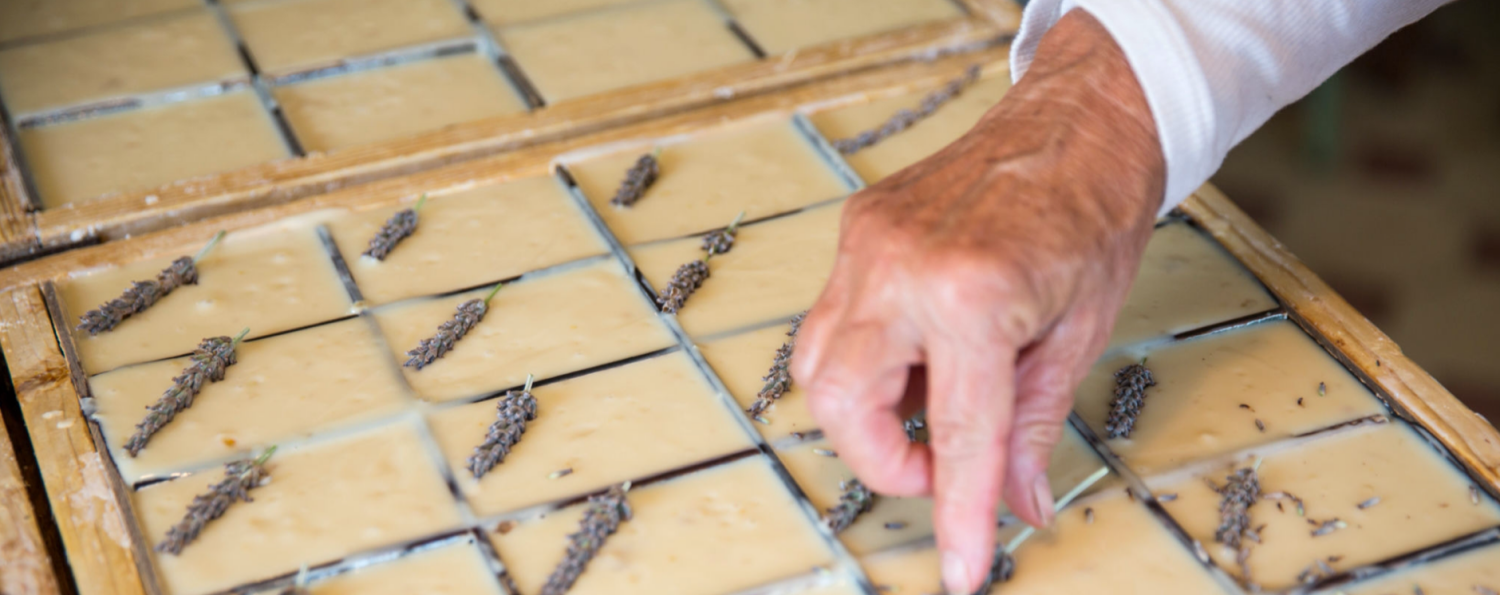Ah, the age-old debate: Handmade Soap vs. Industrial Soap. It's like a sudsy showdown of craftsmanship versus conveyor belts, where every bar tells a tale of two different worlds. Let's dive into this lathered-up saga!
Picture this: you're holding a piece of handmade soap. It's like holding a piece of someone's heart, skillfully crafted with time, care, and a sprinkle of magic. Each swirl, each scent, it's all a dance of dedication. It's a soap with a story, and when you use it, you're not just cleaning – you're connecting to the hands that poured their love into it.
Now, let's jump over to the world of industrial soap. Back in the day, soap-making was an artisanal affair. But then, bam! The industrial revolution happened, and soap production went all sci-fi. It's like the soap world traded its handcrafted soul for speed and efficiency. Industrial soaps are like the fast food of the soap universe – cheap and easy, but lacking that handmade charm.
Industrial soaps have secrets, my friend. Instead of starting with whole fats and oils, they begin with isolated fatty acids. It's like a soap science experiment gone awry. Glycerine, the superhero of moisture, gets extracted and sent off to play in fancy cosmetics, leaving the soap feeling a bit lonely.
And oh, the infamous sodium laurel sulfate (SLS). It's like the villain that makes soap lather up like a bubble bath extravaganza. But here's the twist – it's also used in engine degreasers. So, if you're washing with industrial soap, it's like treating your skin to a car wash. Not the spa day your skin deserves, right?
But fear not, because in the realm of soap-making, there's the mighty Cold Process method. It's like a culinary masterpiece of soap sorcery. Imagine combining food-grade oils with a dash of sodium hydroxide, and voila! Soap magic happens. Essential oils and fragrances join the party, and the soap is left to chill on racks, air-curing like a pro.
Now, don't be alarmed – cold process soap contains lye, a.k.a. sodium hydroxide. It's the potion that turns oils into soap, like a magical alchemical reaction. But fear not, because by the time the soap is ready for your skin, all traces of lye have disappeared like a magician's smoke.
And let's not forget the Melt and Pour method – the ultimate soap shape-shifter. It's like soap sculpting for creative souls. Pre-made soap bases melt into your artistic canvas, and you can channel your inner soap Picasso. No curing time required – it's like instant soap gratification.
But whether it's handmade, melt and pour, or the industrially produced stuff, each soap holds a piece of its creator's heart. It's like a little package of humanity, reminding us that behind every bar is a pair of hands that poured love into it.
So, next time you lather up with a bar of soap, remember, you're not just washing away the grime – you're embracing a world of stories, craftsmanship, and a whole lot of bubbly goodness




Leave a comment
All comments are moderated before being published.
This site is protected by hCaptcha and the hCaptcha Privacy Policy and Terms of Service apply.